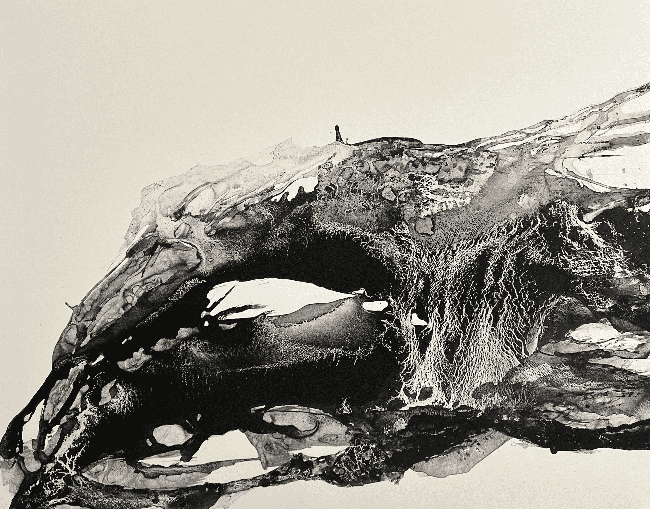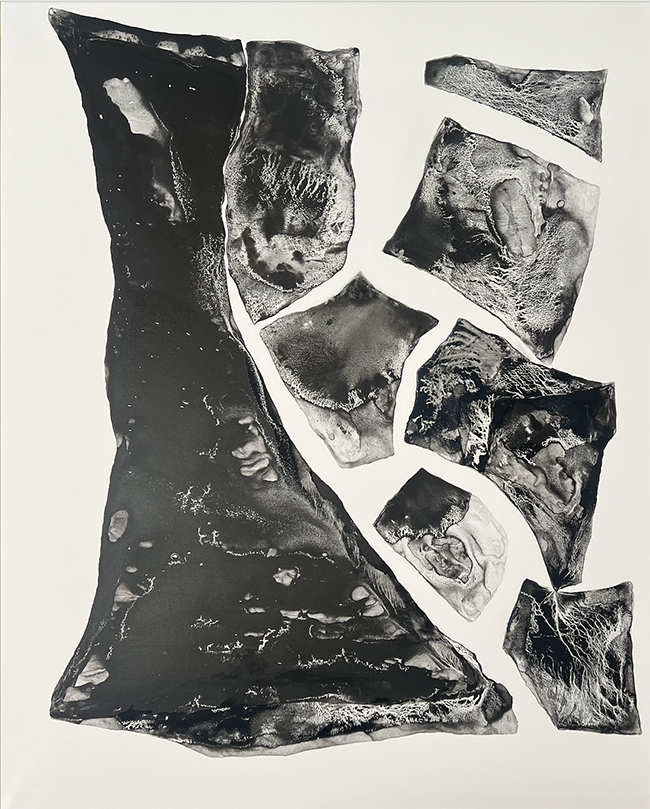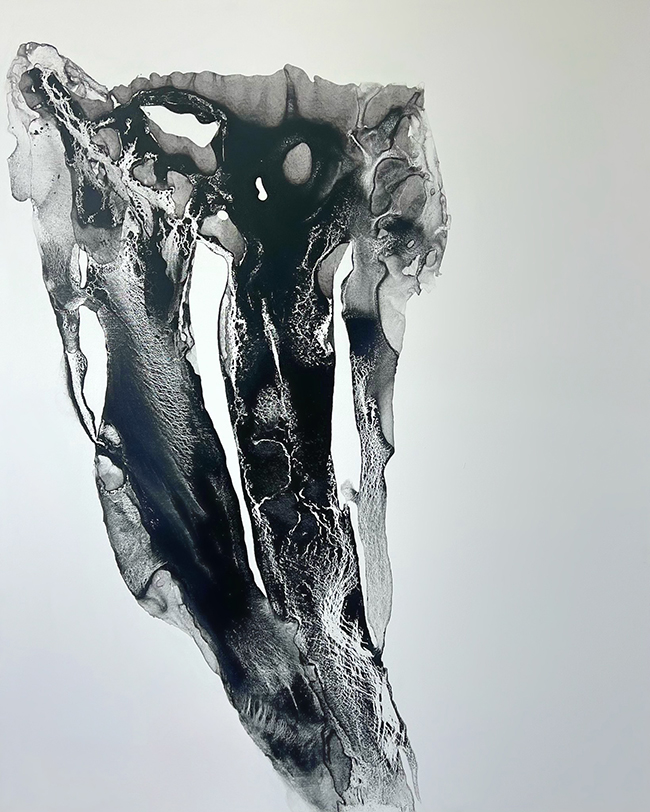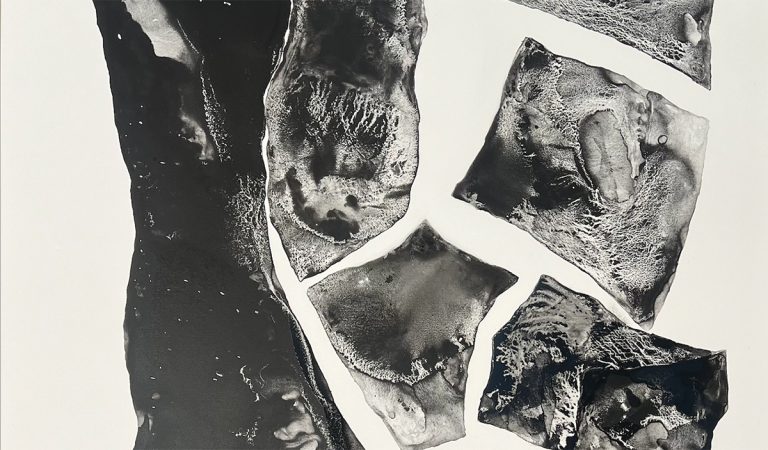Marina Chisty, a Russian-American artist currently based in the bustling metropolis of New York City, reflects the multifaceted nature of urban existence through her work. From an early age, Marina’s artistic journey began in the nurturing environment of a children’s art school in Russia. It was there that she first discovered her artistic talent and developed a deep appreciation for the expressive potential of both abstract and figurative forms. Rooted in her Russian heritage, Marina’s artistic identity was shaped by a natural inclination toward abstraction and the symbolic use of color.

Marina has remained committed to her craft, dedicating herself to continuous growth and exploration. Since 2018, she has immersed herself in refining her skills at the renowned Art Students League of New York, while also seeking guidance through private tutelage. Currently pursuing her MFA degree at the School of the Art Institute of Chicago, Marina’s journey is a testament to her unwavering dedication to her artistic vision. Central to Marina’s creative process is her intuitive approach to painting. Eschewing conventional methods, she embraces the spontaneity of painting on the floor, allowing each layer to unfold organically. For Marina, the act of creation is a primal experience—a journey of self-discovery where colors converge to form a visual narrative of her inner world.
Marina’s work engages deeply with the concepts of time, fragility, and transformation. She often uses materials such as dust and pigment to embody these ideas, creating tactile and thought-provoking pieces. One of her key works, Grey Matter, is a reflection on the passage of time. Each particle of pigment within the painting is a symbol of the delicate balance of existence. Marina captures a sense of movement within the stillness of the piece, as if the pigments are caught in a moment of transition, drifting across the canvas before they settle. The final result is a visual metaphor for time itself—fleeting, fragile, but also permanent in its own way.

Grey Matter invites the viewer to reflect on their relationship with time. There’s a sense of stillness in the work, but it’s a stillness infused with the memory of motion, as though the pigments have a life of their own. They seem to have danced across the surface, only to pause at the precise moment Marina intended, creating a lasting impression of this journey. In this way, the piece is not just a visual experience, but a meditation on the nature of existence.
Continuing the theme of fragility and time, Marina’s painting Collapse delves into the evolving state of materials. Like Grey Matter, Collapse plays with the idea of change, but here, the focus is on fragmentation. The pigment powder used in the piece changes and transforms as it interacts with the canvas, capturing the elusive nature of time itself. The artist’s process is a dialogue between her and her materials, with the final work becoming a collaboration between intent and spontaneity. There’s an almost organic quality to Collapse, as though the painting is a living entity, evolving as it is made, shaped by the forces Marina directs but never fully controls.

Marina’s exploration of time and transformation extends to her work Erosion, which uses natural pigments to reflect the slow, powerful processes that shape the Earth. In this piece, she draws a parallel between the formation of stones and the artistic process. Just as stones are shaped over millennia by pressure, time, and environmental forces, Marina’s painting mimics this journey through the gradual layering and breakdown of materials. The pigments she uses, derived from the earth, further enhance the connection between art and nature. Erosion is a reminder of the resilience and impermanence of both art and the natural world—each element, whether pigment or stone, tells a story of accumulation, pressure, and eventual transformation.
The idea of time as a force—both destructive and creative—is central to Marina’s work. By using materials like dust, pigment, and natural earth tones, she emphasizes the tactile and ephemeral qualities of life.
Through her intuitive process, Marina Chisty creates pieces that speak to the core of human experience—our relationship with time, our sense of self, and the world around us. Her works are not just about what is seen, but also about what is felt. They remind us that art, like life, is in a constant state of becoming.

